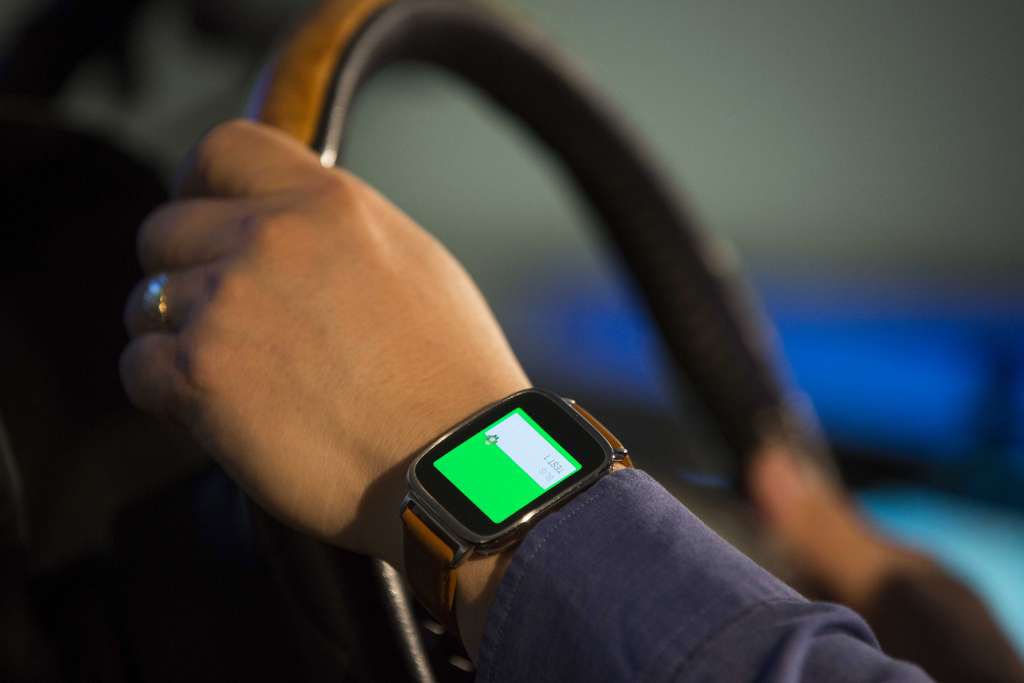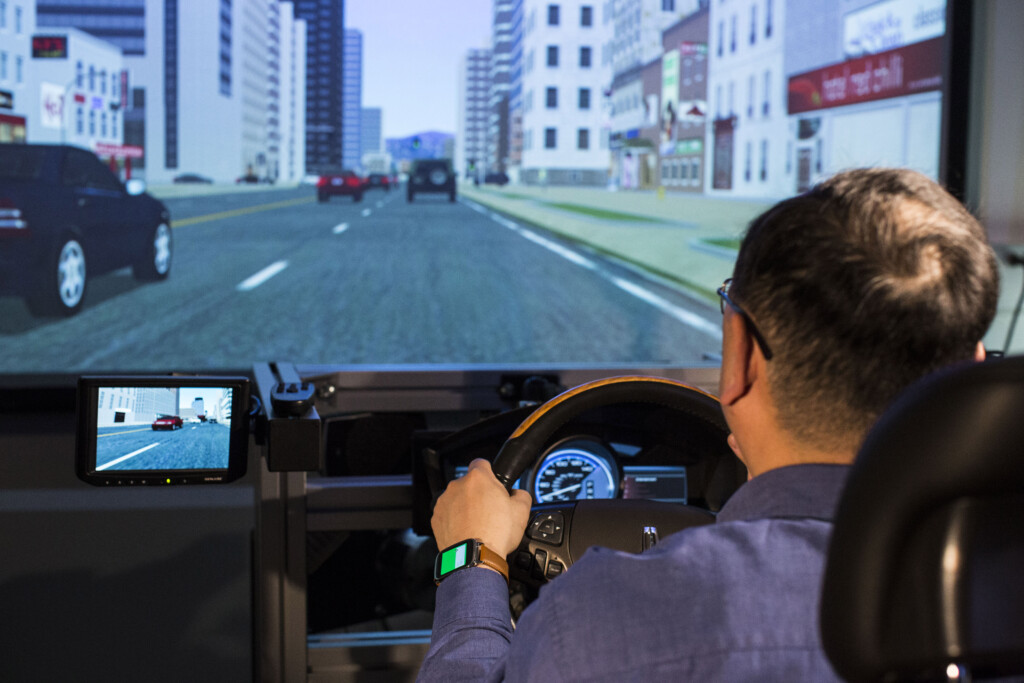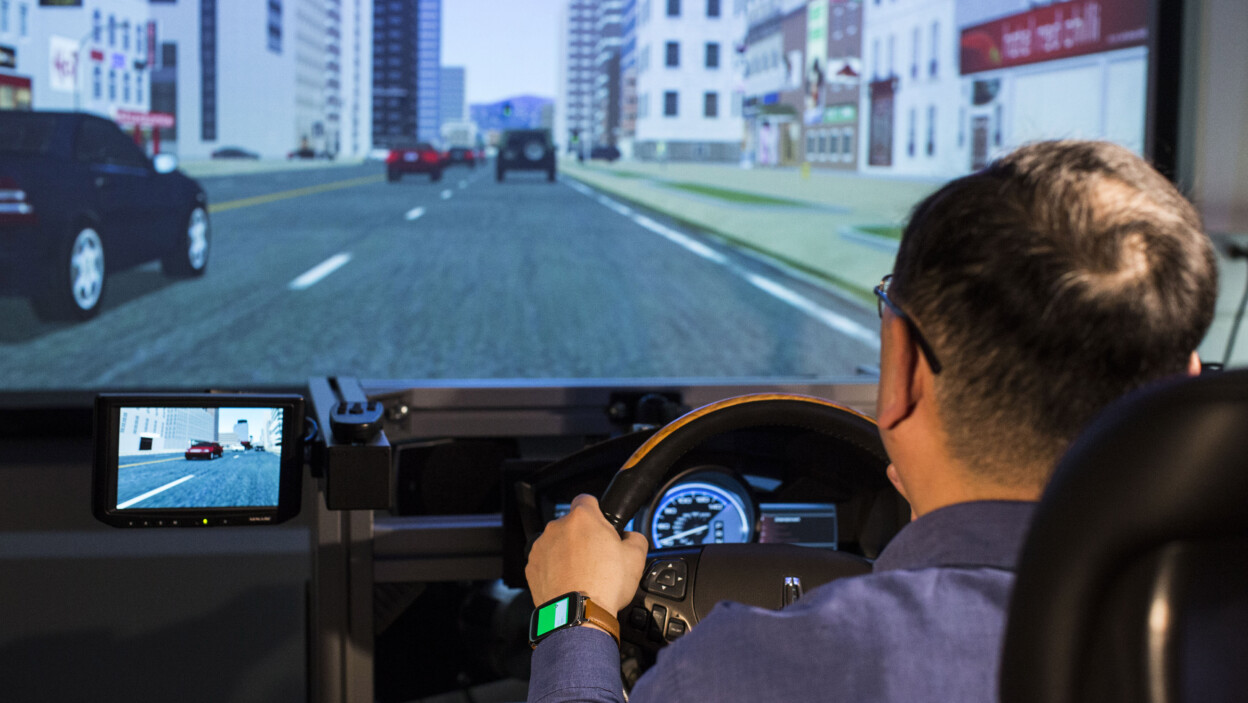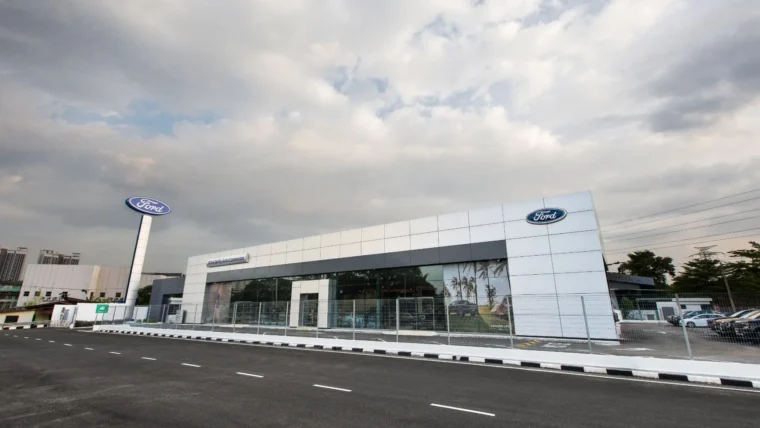
From how we interact with our phones to how we monitor our health, wearable technologies have changed the daily lives of people. As more and more people adopt these devices, the possibilities for how they interact with the world around them are practically limitless.
The connection between what you wear and what you drive is getting stronger with help from Ford’s new wearables research laboratory. Ford scientists and engineers are working to integrate wearable devices and vehicles to enable driver-assist technologies to be more aware of the driver behind the wheel – particularly when that driver is stressed or sleepy.
“As more consumers embrace smart watches, glasses and fitness bands, we hope to develop future applications that work with those devices to enhance in-car functionality and driver awareness,” said Gary Strumolo, global manager for vehicle design and infotronics, Ford Research and Advanced Engineering.
Researchers at the new Automotive Wearables Experience laboratory housed in the Ford Research and Innovation Center in Dearborn, Michigan, are examining the potential to link vital health information to in-vehicle technologies, including Lane Keeping Assist and Blind Spot Information System.

Lane-keeping assist, for instance, could become more sensitive if a smart watch sends data to the vehicle that infers the driver didn’t get enough sleep the previous night. Or, if a driver’s heart rate increases as traffic intensifies, the vehicle’s adaptive cruise control could increase the distance between vehicles – giving the driver some breathing room.
“Wearable technology integrated with the vehicle allows for more accurate biometric data to stream continuously and alert active driver-assist systems to become more sensitive if the driver shows signs of compromised health or awareness,” said Strumolo.
The ability to measure wakefulness and health data including blood pressure, blood glucose and heart rate via wearable technology also could benefit semi-autonomous driving features.
The wearables lab is examining ways to signal a driver using semi-autonomous features of the potential need to take driving control back from the vehicle. If there were road construction or an accident ahead, a situation requiring a human at the wheel, the technology could send a wrist vibration or chimes, or even activate flashing lights on the dash.
“We’re evaluating many different wearable devices and applications – everything from helping to keep Ford drivers healthier and more aware behind the wheel to offering an enhanced customer experience at our dealerships,” said Strumolo.
Other posts by AF Newsdesk







